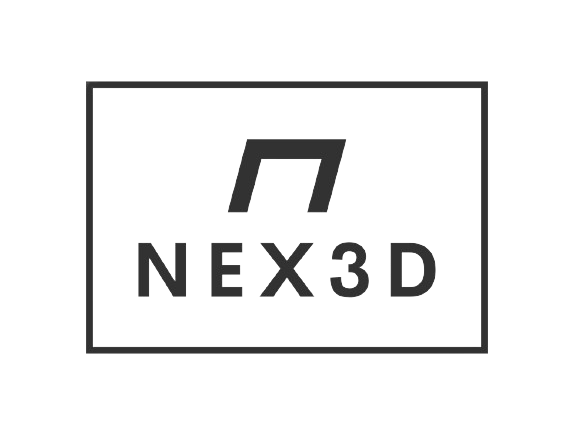Discovering Additive Manufacturing: The Ultimate Guide to 3D Printing
3D printing, or Additive Manufacturing, revolutionizes the creation of three-dimensional objects from digital files by layering materials according to a 3D model. In this comprehensive guide, we'll explore the essence of additive manufacturing, its applications across various industries, materials commonly used, and more.
1. Understanding 3D Printing and Its Advantages
3D printing stands out as an efficient method to manufacture intricate objects. It offers cost-effectiveness, faster production times, superior quality, and the freedom of customization, surpassing traditional shopping experiences. Key advantages include quicker production, tangible design creation, product testing, and unparalleled design possibilities. The technology employs diverse raw materials, reduces waste, mitigates risks, and swiftly transforms concepts into tangible products.
2. 3D Printing Applications Across Industries
Engineering: Additive manufacturing in engineering enables the creation of functional prototypes, reducing costs and time across product development stages.
Product Design: Utilizing 3D printers in product design facilitates swift transformation of ideas into physical models, streamlining product development and feedback cycles.
Manufacturing: In-house 3D printing in the manufacturing sector contributes to the production of high-precision tools and fixtures, enhancing efficiency and reducing downtime.
Education: Within universities and schools, desktop 3D printers expedite prototyping, hands-on learning, and foster creativity, preparing students for diverse industries.
Architecture: Embracing 3D printing in architecture expedites model creation, reduces costs, and allows architects to create complex designs swiftly.
Service Bureau: The 3D printing service model permits timely part acquisition without owning a 3D printer, offering industrial-grade parts to clients.
Healthcare: Revolutionizing healthcare, 3D printing provides customized prosthetics, surgical tools, and supports, enhancing patient rehabilitation and surgical planning.
Fashion: 3D printing in fashion enables creative experimentation, personalized design, and mass-customization solutions, expanding possibilities for designers.
3. Versatile Uses of 3D Printing
Production Parts: 3D printing is evolving from prototyping to small and medium-sized production, adapting to specific mechanical and thermal requirements.
Rapid Prototyping: Swiftly creating prototypes aids in identifying design flaws early in the process, optimizing production times and solutions.
Tooling: 3D printing offers cost-effective and versatile tooling solutions, adapting designs for specific manufacturing functions.
Plastic Manufacturing Industry: Various 3D printing technologies cater to fabricating plastic parts, selecting processes based on application requirements and budget constraints.
4. Understanding 3D Printing Materials
Basic Materials (PLA, PVA, PET-G): PLA, PVA, and PET-G serve as widely used filaments, offering versatility and ease of use for various applications.
Advanced Materials (ABS, TPU, PP, PA): ABS, TPU, PP, and PA provide enhanced mechanical and thermal properties suitable for industrial applications.
Professional Materials (PP GF30, PAHT CF15): Polypropylene and High-Temperature Polyamide carbon fiber reinforced materials offer exceptional durability and resistance for demanding applications.
Fiber-Filled Materials: With advanced additives and fillers, these materials enhance mechanical properties and thermal resistance, ideal for engineering projects.
5. Setting Up a 3D Printer
Generating G-Code files, understanding different printer modes, and selecting suitable slicing software are crucial steps in setting up a 3D printer.
6. Choosing the Right 3D Printer
Evaluating factors like build volume, layer resolution, extruders, printing speed, compatible materials, and software compatibility is essential in selecting the ideal 3D printer for specific needs.
---
